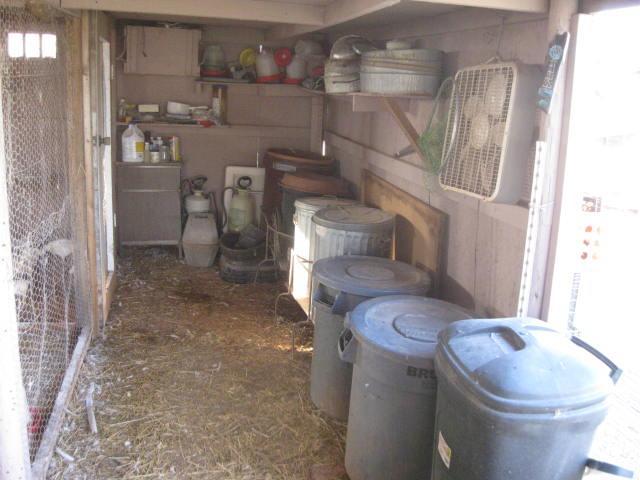Quote:
I fully believe the White Cornish can be bred back to a superior meat breed; one even superior to its ancestors from the 50s and before. The two DCs I was able to locate and purchase had faults that would have prevented them from showing well or being used to breed show birds; but they already had developed
very broad breasts and heavy thigh and leg meat at 6 months..................................... no waiting a year to eighteen months to see that. I'm sure diet and soft living conditions had a lot to do with that; but without the genetics, how you feed and house them is irrelevant. I was beginning to fear they were either not built right [I don't think they were any leggier than your Hulk, but the youngest was never going to have as thick of shanks as his] or not fertile enough to be very successful at live breeding, and they were approaching 10 and 11 months before they started getting successful; but for some reason as soon as they were put in a run with grass growing they started getting near 100% fertility on the eggs from hens they had previosly seemed unable to mount properly. [Perhaps it was just a recovery period from the harsh winter they endured in my open front coop that was needed] I doubt that the line they came from is the only one with the same attributes, and see no reason why the Whites can't be both improoved and numbers increased by a cross to Darks like them or better, and still be successful at the shows.
I think that watching and closely evalutating them daily can have early rewards, and sometimes they will show promise earlier than a yr -18mo. I have found that at the age of 1-4yr's old for roosters are their prime breeding years. Time of the year and their enviroment has a huge effect on fertility, they may only come in for a few months turn on and off several times in that period. Yeah Steve they can be brought back to their hey day as the bird to have, and breeding for it will help that. I sometimes may breed a fault knowing it won't show up in the pairing and if it does in small numbers they can be dealt with, it has to be about the numbers on the ground before good choices can be made. It's a tough deal most of the time.
Feeding can be a huge jump in decision making, getting them to show their best attributes early through a good feed regimin can be critical.
here is a few more pic's of some recent progress on some standard WLR's and some white.
Steve : I made a miss statement earlier single laced was what I meant as desirable not dbl, had a brain fart and it was late LOL.
A new quad I put together tonight, I chose each of these hen's on different merits for hatchings to come. They are all from the same March hatch.
An example of what is a cull in my pen, WLR coloring is off and it's gangly and way to tall, when he fills out he will be impresive for a flock honcho.
1st rooster
2nd Rooster
The new white spring hatch, there are more cooking in the bator but these show good promise early.
Nice wide back on this very young pullet.
One side of the breeder pen, packed with Cornish with more on the way.
As you can see the feed program can be a hassle LOL with 7 different combinations depending on what needs to be done.























